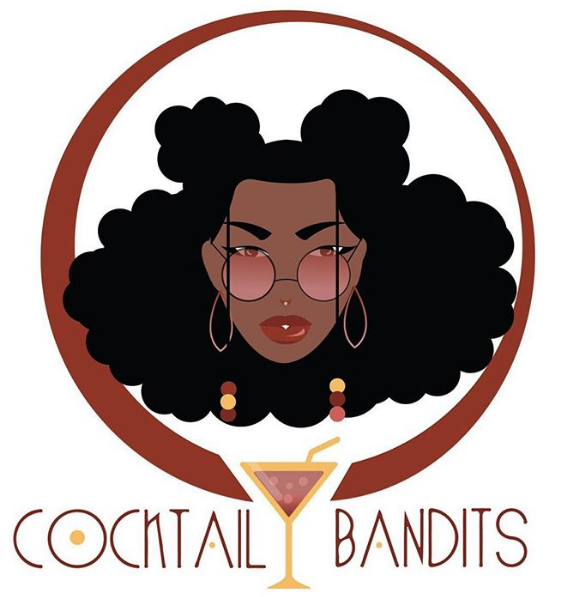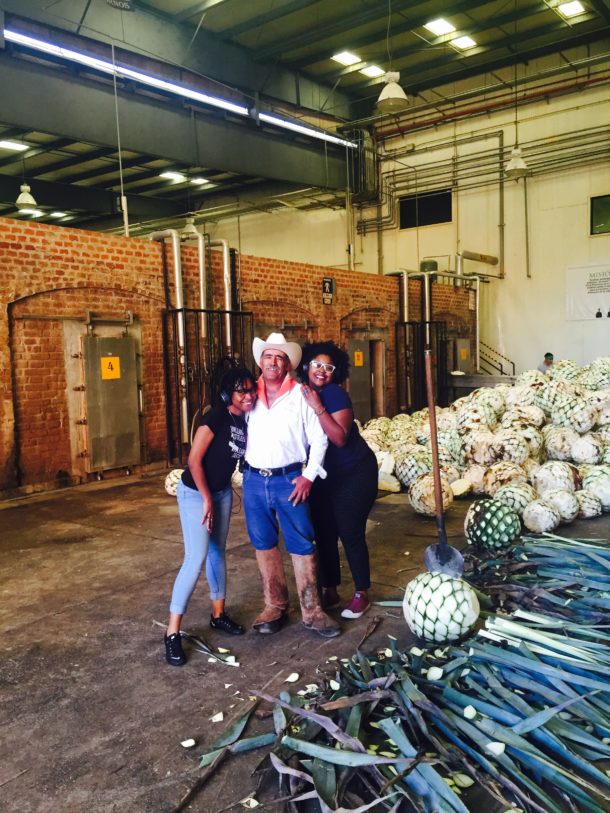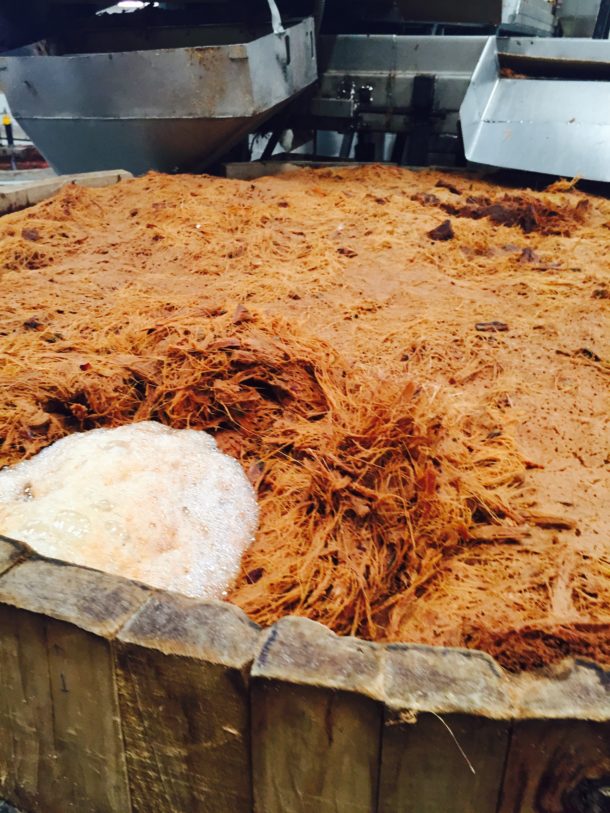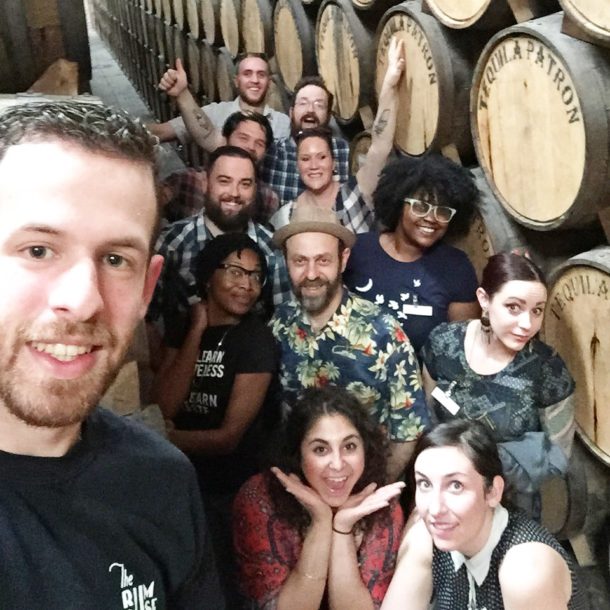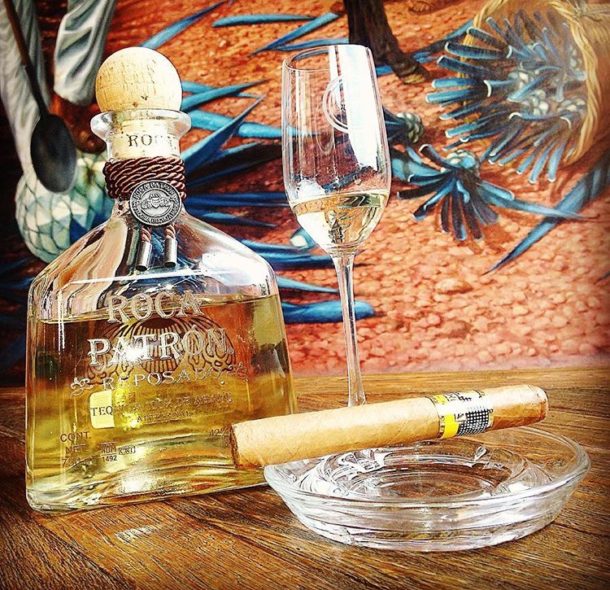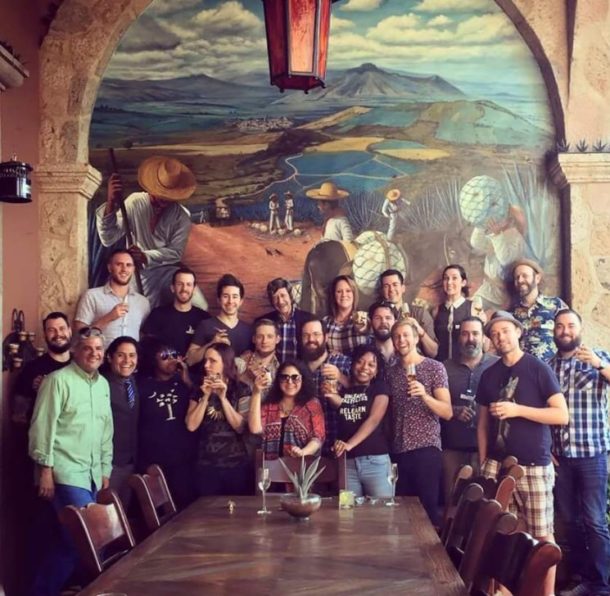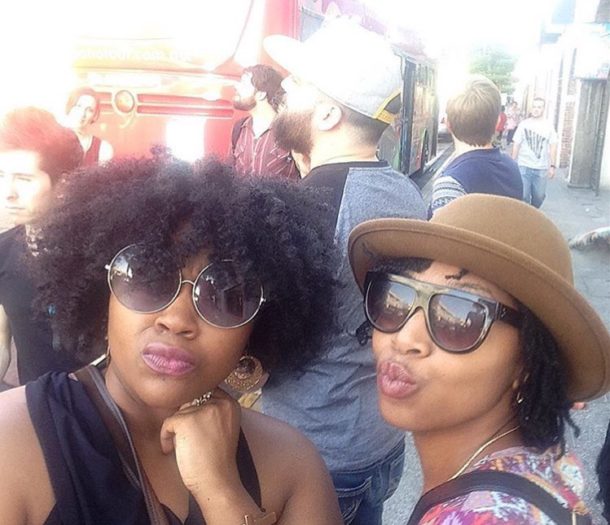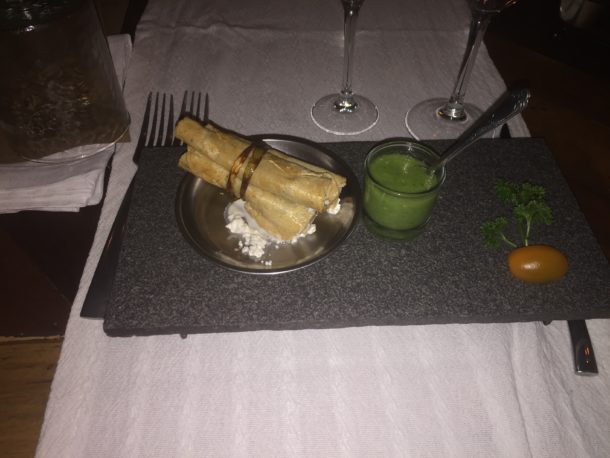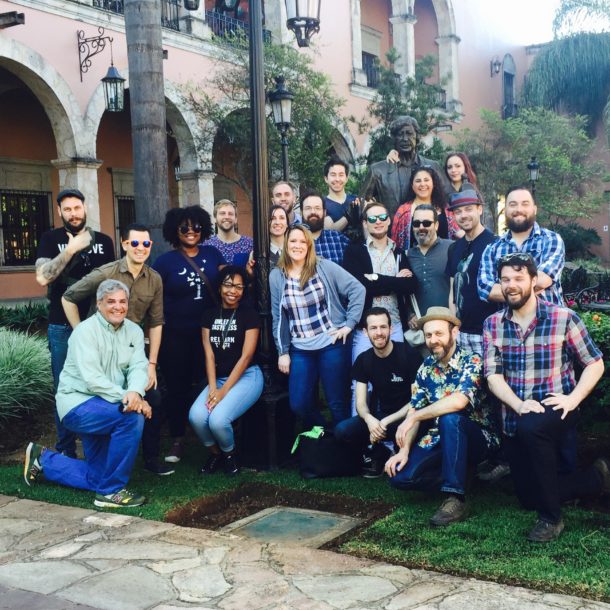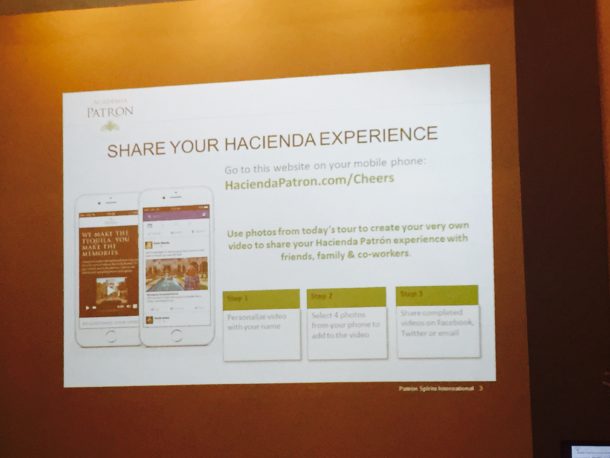The Hacienda Patrón Experience (Part 2)
The Patron Tequila making process has several steps.
1. AGAVE SELECTION: Patron has a long relationship with growers in Mexico. They always make sure they’re provided with the best agave available. Once agave is selected, a jimador (Mexican farmer who harvests agave) will strip the leaves, leaving the pina. (Core or center of agave.)
2. AGAVE COOKING: the pina is cut into smaller pieces and placed in small brick ovens to provide a balanced, more consistent, cooking process. It takes 79 hours per oven. In this process, agave turns to deep red color, and is ready to be crushed.
3. CRUSHING THE AGAVE: once the agave is cooked the tequila is crushed in two ways. 
- Roller Mill machines squeeze the the cooked agave. This process separates the mosto (agave syrup) from the bagasse (agave fiber).
- Tahona Process crushes the agave plant by using a heavy volcanic stone Tahona wheel and stone mill. This process keeps the mosto with the bagasse. Patron is the largest Tahona tequila producer in the world. They have 10 tahonas working CONTINUOUSLY.

4. FERMENTATION: The agave juice is fermented for several days on wooden vats. The temperature of the juice rises as the yeast is converts the sugars into alcohol. Patron has their own proprietary yeast that they use. In the Roller Mill process, the mosto is fermented with the bagasse. In the Tahona process, the mosto and bagasse are fermented together.
5. DISTILLATION: in the roller mill process, the mosto is distilled in large custom copper pot stills. It goes through 2 distillations. Because it’s not distilled with the bagasse, it’s has a fruitier flavor. In the Tahona process, the bagasse is distilled with the mosto in the first distillation, but not the second. This creates a more herbaceous flavor. These custom made copper pot stills, produce unique distillates that become Patron Tequila.
Patron Silver is created by blending the second distillations for the roller mill process, and the Tahona process.
6. AGING: There are 5 categories for age in the tequila process.
- Silver/Young – has not been aged.
- Gold – can be aged or unaged, or a blend. PATRON does not produce gold.
- Reposado – (rested) means it has been aged 2-11 months.
- Añejo – (aged) means it has been rested for 1-3 years.
- Extra Añejo – means it’s aged for a minimum of 3 years.
- BLENDING: Patron Silver is aged in 5 different barrels to produce Patron Reposado, and Anejo: French Limousine Oak, Hungarian Oak, American Oak, French Allier Oak, and American Bourbon barrels.
It was so cool to see all of the barrels aging. You could smell the sweetness of the tequila!
8. BOTTLING: Bottles are inspected by hand before being shipped to the distillery. Each bottle is individually numbered, wrapped in tissue, and hand boxed. It’s was interesting to see the ladies working inside the bottling room.
When we exited the bottling room, Jose took us to their waste management building where they have a customized, reverse osmosis system to clean all of the contaminated water. The discarded agave fiber from the tequila production process is also transformed into usable compost that Patron donates to their agave farming partners. They use it in their own farm on the plantation as well. Patron has been recognized in Mexico for their great work in reducing waste.
We concluded our amazing day by having dinner at the Hacienda. Don’t know if it’s a “thing” in Mexico to serve 6-8 course meals, but they sure knew how to feed us. They had bartenders make us delicious cocktails, gave us Cuban cigars to smoke, and even gave the whole crew some parting gifts. It was one of the best experiences we have ever had.
WHAT WE LEARNED:
We learned that the Patron Company is about more than just tequila and money; it was about a community and growth. The Hacienda employed a good percentage of the town of . Jose told us that husbands, wives, kids, some entire families worked at Hacienda Patron. We learned that they have educational opportunities while working for the company as well. We were able to see their beautiful garden and some of that food goes to the employees too. It was comforting to see a brand, like Patron, take care of their employees, bartenders, and even people like the Bandits: imbibers of tequila! We had an amazing experience, and if you ever have the chance to go to Hacienda Patron…. DO IT! Cheers!
The Hacienda Patron Experience (Part 1)
If any of you know the Cocktail Bandits, you know that our first love is tequila. It is the reason why we created the brand. For the last 3 years, we have been studying/tasting different tequilas, learning about the tequila culture and making our own fun tequila cocktails. We were praying for a way to get down there to learn more and were so thrilled that our prayers were answered when the USBG- Charleston as well as the Hacienda Patron Academy gave us the opportunity of a lifetime! They invited us to Mexico!
For 2016, the #HaciendaPatron and USBG partnered up and are inviting top USBG bartenders from around the U.S. to visit their distillery. The mission: to learn the whole tequila process, and show why Patron is a great tequila company in Mexico.
Day 1
When we first landed in Guadalajara, we were greeted by Chris Spake, the Director of Brand Education at Patron. We then traveled to the Westin Hotel, which was fabulous and our view of Guadalajara was amazing. Once everyone was settled we all loaded back on the bus, and went to this popular market area called Tlaquepaque Centro. There were shops, outside vendors, restaurants, and other tourist-like attractions. It’s was beautiful. 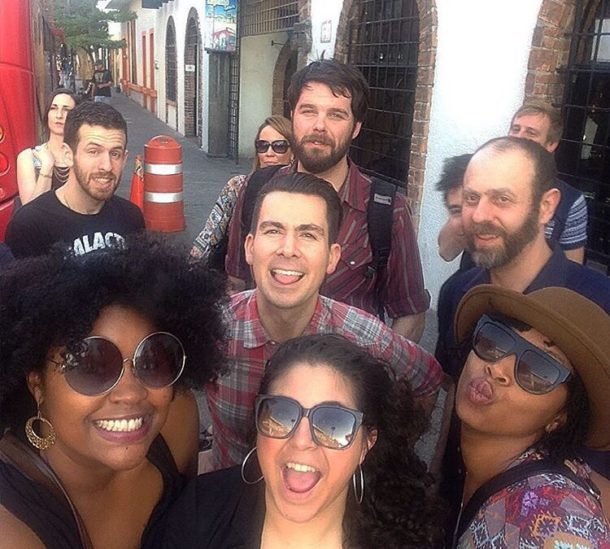
We were excited to find a pulqueria, (tavern that sells pulque) so we all stopped in to get a drink. Pulque is a milky, foamy, alcoholic beverage native to Mexico that is made from agave sap; very similar to tequila and mezcal, but lower in alcohol content. It tasted like a sour beer and came in different favors like strawberry and even mascarpone.
Later, we went to this beautiful restaurant, Casa Luna, and they prepared an 8 course dinner for us! They showered us with wonderful live music, delicious food, and great Patron cocktails. The highlight of the evening was when they opened the top of the restaurant and we could see the stars. It was unbelievable! After dinner, we all returned to the hotel, to get rest and prepare for the next morning.
DAY 2
The next morning, we woke up to a decked out, Patron Charter Bus that took us 2 hours away to Atotonilco el Alto, the home of Hacienda Patron. As soon we were getting closer to Patron, we saw these huge fields of agave plants. There were also other tequila distilleries in the area.
Jose Antonio Rodriguez Castillo from Patron was there to greet us and inform us on what we would should expect before we went to see the distillery. He was extremely knowledgeable about the full Patron tequila making process.
He explained that tequila is made from 100% blue agave. Agave is a succulent plant, that takes about 6-8 years to grow and be used in tequila production. Its extremely important in Mexico because it is the base and most important ingredient in tequila, and tequila production is essential for their economy.
Jose also talked about Master Distiller, Francisco Alcaraz, who has been in the tequila industry for decades. He created the first batch of Patron in 1989. Francisco’s handcrafted method for tequila has always used 100% agave. The unique thing about Patron was that the distiller used a centuries old method called the “Tahona”, and blended it with the more modern tequila making method called “Roller Mill.” We were excited to see both methods and tour the distillery.
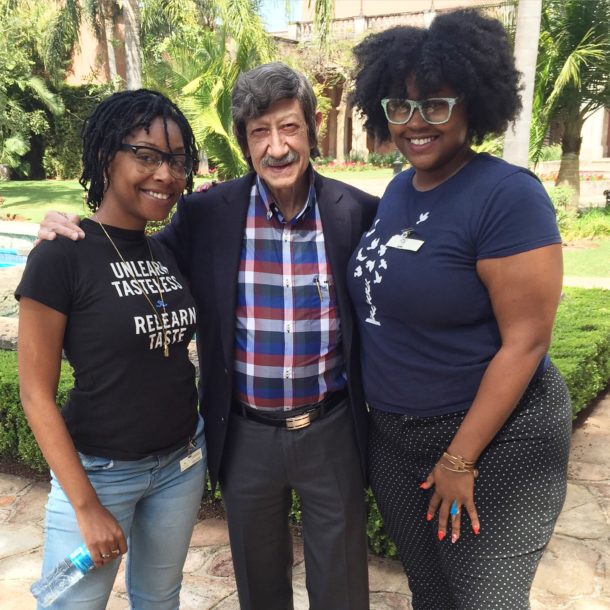
Tea Time with Cocktail Bandits
Take a tour from eastern China all the way to Wadmalaw, South Carolina in this afternoon session on tea and Charleston culture. Learn about the history of tea and how it ended up a staple in Charleston homes. Taste craft cocktails from the Cocktail Bandits and find out new ways to enjoy an old favorite. Plus local Tea Time treats will transport you to England and back! #CharlestonTea
